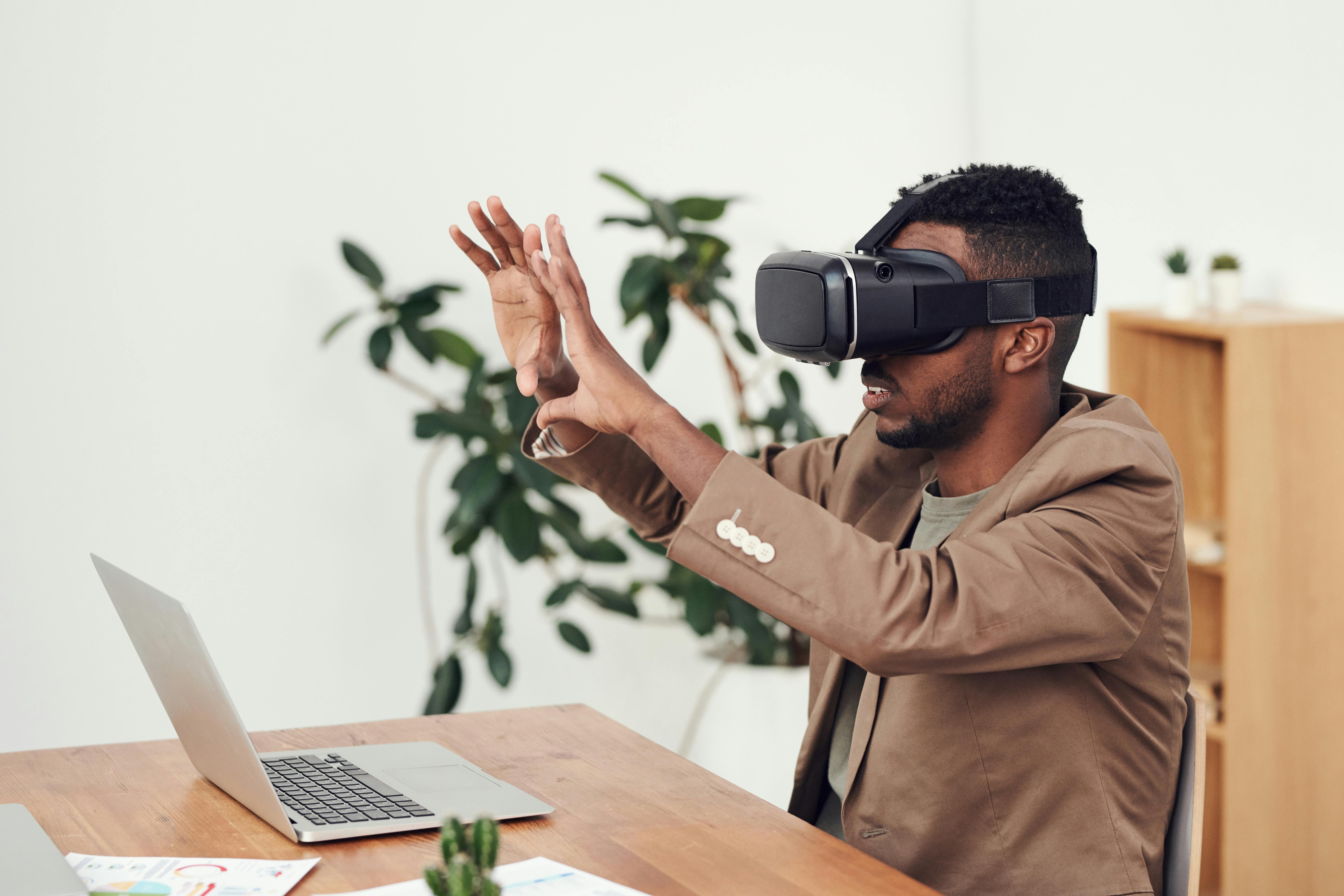"Bridging Realities: Augmented Reality Glasses Disrupting Our Digital Experience"
Introduction: In an era where technology is constantly pushing boundaries, a new device is poised to redefine the way we interact with the digital world—Augmented Reality (AR) Glasses. This article brings you on a journey through the evolution, current potential, and future implications of this disruptive technology.

Tracing the Evolution of Augmented Reality Glasses
AR glasses, wearable devices that overlay digital information onto the real world, are not a new concept. The journey started in the 1960s with Ivan Sutherland’s “Sword of Damocles,” often considered the first AR headset. However, the technology remained largely dormant until the 21st century, when companies like Google and Microsoft began developing consumer-friendly AR glasses. Despite initial hiccups, these corporations’ persistent investments and advancements have paved the way for today’s sophisticated AR glasses.
The Current AR Landscape: More Than Just Google Glass
While Google Glass may be the first name that comes to mind when thinking of AR glasses, the current AR landscape is much more diverse. Microsoft’s HoloLens 2, Vuzix Blade, and Magic Leap One have emerged as notable competitors, each offering unique features and experiences. From assisting surgeons in complex procedures, to enhancing training simulations, to providing rich gaming experiences - AR glasses are finding applications across various fields.
Price Tag and Market Impact
AR glasses are currently priced between $500 to $3500, depending on their features and capabilities. While this may seem steep, the potential market impact is immense. Analysts predict the AR market could be worth $198 billion by 2025. As the technology improves and becomes more accessible, it’s likely that we’ll see a surge in adoption among both businesses and consumers.
The Future of Augmented Reality Glasses
The future of AR glasses is one of limitless possibilities. As tech giants continue to invest in this technology, we can expect improved performance, better designs, and more affordable prices. Furthermore, advances in AI and machine learning could enable AR glasses to understand and respond to user behavior in real-time, offering a truly personalized digital experience.
The Verdict
While AR glasses are still in their infancy, the strides made in recent years are undeniably impressive. As this technology continues to evolve, it will not only redefine our digital experience but also blur the lines between our physical and virtual realities. In a world increasingly defined by technology, AR glasses are set to be the next big disruptor.
In conclusion, the world of AR glasses is an exciting realm of potential. From their historical roots to their future implications, these devices are shaping up to be the next big thing in tech. While the journey will undoubtedly be filled with challenges, the end result is a future where our digital and physical worlds are seamlessly intertwined. Stay tuned for more updates as this technology continues to evolve.




